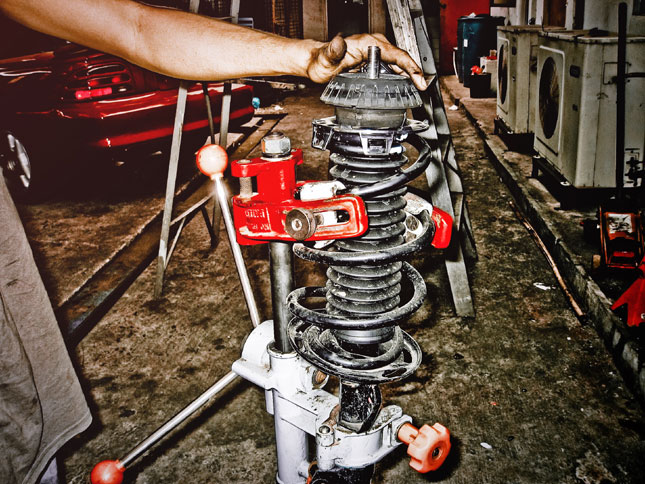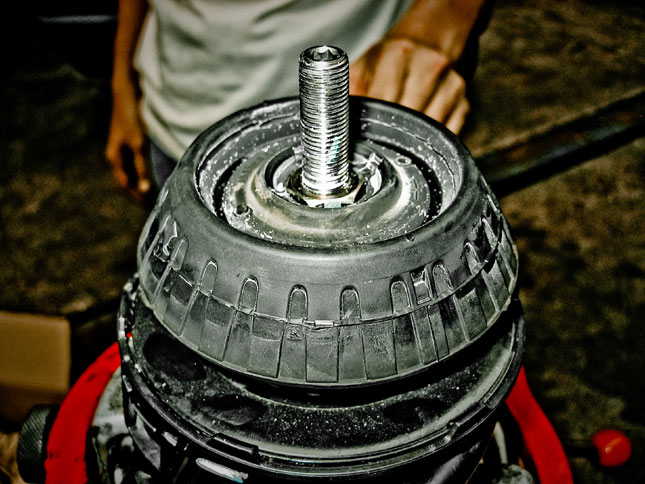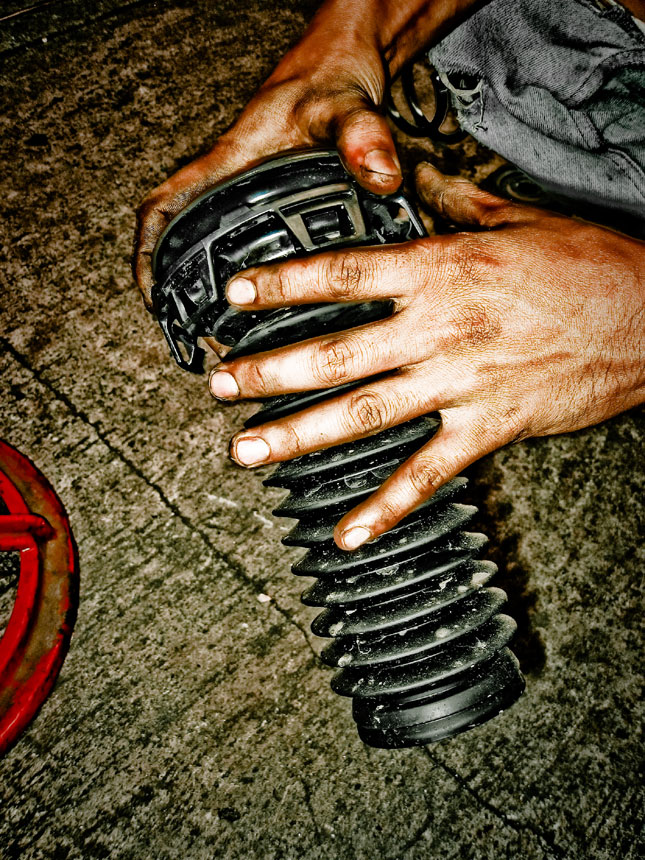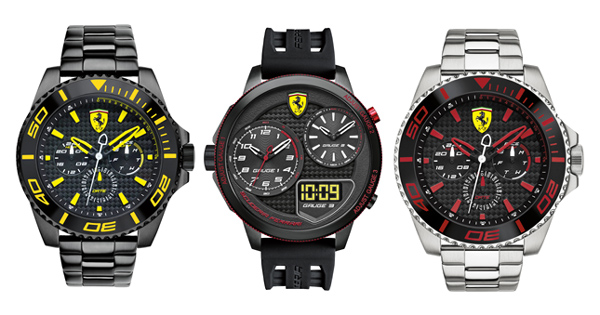
Philippine roads aren’t exactly kind to lowered vehicles, but "dropping" one’s car is a sure way to give your ride that X factor on the road. Next to installing ride-adjustable coilovers, using lowering springs is the best way to reduce your ride’s unsightly fender gap. Plus, there’s a lowering spring for your specific needs. After changing your wheels, lowering your car is the easiest way to dramatically alter its looks. Here's the right way to go about it.
Note: This involves more work than a simple bolt-on procedure. Do this with a capable assistant.
THE GEAR
* Workshop gloves
* Jack
* Jack stands
* Cross wrench
* Sockets
* Socket wrench
* Mallet
* Spring compressor
PROCEDURE
1. You want to reduce a fair bit of fender gap for a tighter look. Since cutting suspension springs will just lead to more underchassis and ride problems in the long run, lowering springs with the appropriate spring rates and a choice of ride-height preferences are recommended.

2. Removing the wheels and jacking the car on stands will ensure a stable workplace for this purpose. Use the correct socket sizes for the nuts from the wheels to the suspension arms and the shock mounts. And, of course, remember where each one goes.

3. When you’ve pulled out the damper and spring assemblies, mount them on a spring compressor to prevent the springs from flying out of their perches when you loosen the damper top hats. Safety is your first priority.

4. Once the springs have been removed from the dampers, it’s time to install the new ones. Know which pair goes to the front and the back, as the springs are specific to the ends they will mount to. Remember to tighten the top hat nuts to secure the springs.

IMPORTANT THINGS TO CHECK
* While you’re down there, check for fluid leaks in your dampers. Who knows? They might need to be replaced as well.
* When removing and reinstalling the nuts and the bolts, spray them with penetrating oil and water-displacing spray. These should ensure they go in and out smoothly into the grooves.
* Check for worn-out bushings and CV joints as well as engine and transmission leaks. At least you’ll know what to fix next time around.
EXTRA TIPS
* Do your research when choosing the ideal lowering spring for your needs.
* Companies who charge more have done their research regarding the compatibility of their products with the car’s existing dampers. It’s best to invest in the right (and high-quality) set now than to be disappointed later.
Photos by Mikko David


NOTE: This article first appeared in Top Gear Philippines' August 2015 issue.











